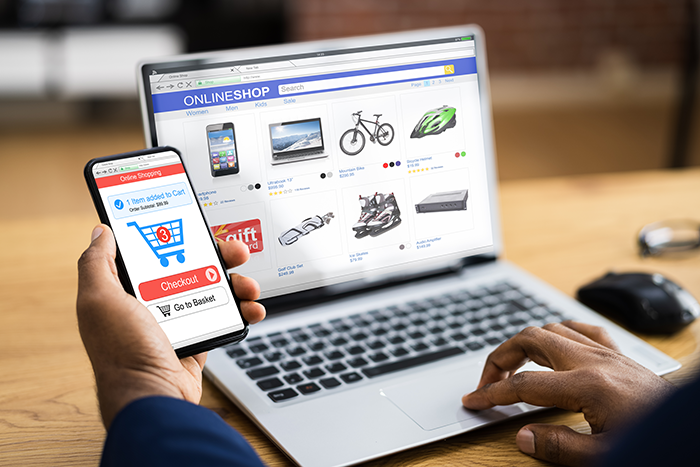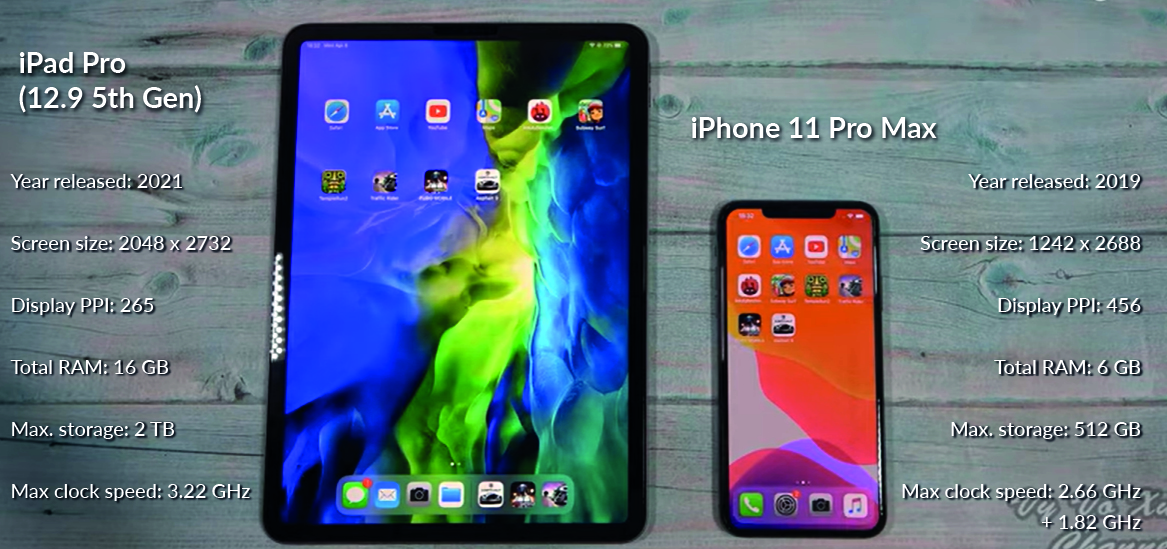
One of The Fastest Growing Industries
eCommerce has long been considered one of the fastest growing industries of our time, reaching sales of almost $6.9 trillion in 2024, with an astonishing 2.77 billion consumers who shop online.
eCommerce websites are still some of the most visited worldwide. Amazon.com has a monthly search traffic result of around 416 million. This is a phenomenon that is happening worldwide. No retail business can deny the dramatic arrival of eCommerce. It is also important to understand what devices exactly consumers are using to shop online.
The Dark Horse: Mobile Commerce
While the track record for eCommerce has been impressive, the growth of mobile commerce specifically has been staggering. In the U.S. alone, retail m-Commerce sales exceeded $564 billion in 2025.
Many factors have contributed to this unprecedented growth, including a fundamental increase mobile usage, particularly apps, improvements to mobile network infrastructure to close the coverage gap (by the end of 2024, 90% of the global population had subscribed to mobile services), as well as the adoption of 5G technology and growth of 4G in emerging markets.
Device Fragmentation
While there has been a significant increase in mobile browsing in recent years, device diversity is increasing too. According to the GSMA, over 10,000 device models are launched every year. As a result, consumers are continuing to access more devices that they can shop online with, from smartphones to Smart TVs.
The variety of devices is creating an increasingly fragmented landscape for eCommerce retailers. The average number of devices and connections per person in North America is 13.4 and 9.4 per person in Western Europe. Thus, understanding the specific devices customers use is becoming more difficult. Knowing device-specific information can greatly help businesses to tailor their user experiences. For example, knowing whether a device is high-end or low-end can determine what content is served to particular customers, e.g. serving less video content to a low-end device helps web pages load quicker.
Accurately making the distinction between devices that a customer uses is certainly a challenge for online retailers, particularly in analyzing buyer behavior insights. We analyzed web visitor traffic from four leading analytics providers and observed a gap in how mobile device data was recorded and presented. One key finding was the discovery that any iPhone or iPad which visited the test site in question was categorized by Google simply as ‘Apple iPhone’ or ‘Apple iPad’ – the ambiguity of these device descriptions would be problematic for any website owner wishing to analyse Apple buyer behavior as there are a variety of different models out there, each with different hardware capabilities that can impact the buyer experience, particularly if making an online purchase!
Herein lies the issue of establishing customer insights vs device fragmentation and the ability to accurately identify the devices that customers are using. The experience of an iPhone 11 Pro Max user will be different to that of an iPad Pro (12.9" 5th generation) user from a device specification perspective. Consider the differences in screen size alone:

The same can be said between iPhone models. For example, the iPhone 11 uses a different chip set than the iPhone 13 and has significantly less RAM and internal storage. Streaming capabilities are also vastly different between the two phones. Therefore, having just the category name of device traffic, i.e. Apple iPhone or Apple iPad, offers little insight into the capabilities of these devices and a missed opportunity to really understand the user experience.
The Importance of Device Intelligence for Online Retailers
It’s safe to assume that eCommerce retailers want to prioritize the user experience and online store by optimizing their website. In this case, device visibility is crucial. Some of the key questions that retailers might have, which may also be difficult to answer due to the challenge that device fragmentation poses in identifying specific devices, could be the following:
1. What is the average screen size of devices? – impacts page and image display for users
2. What is the highest cellular generation of each device? – impacts user connectivity and site speed
3. Is the device a bot? – important depending on the retail category. May be significant for clothing retailers that experience issues with counterfeiting
4. What is the average hardware classification? – impacts business analytics and customer insights, e.g. premium tier devices drawn to higher price points
5. Are there correlations between device model and cart abandonment? – impacts tendency to buy, e.g. are Oppo or Xiaomi devices more inclined to leave the website without making a purchase vs Apple or Samsung devices?
6. Can device model information help target users? – impacts targeting capabilities without needing users to be logged in, e.g. target all newer iPhone models with higher end product offerings

The Future
With more privacy restrictions being put in place and people having more connected devices, device intelligence will become increasingly vital for retailers to understand user behavior.
Retailers need to see the bigger picture, which is to know their user by knowing their device.



